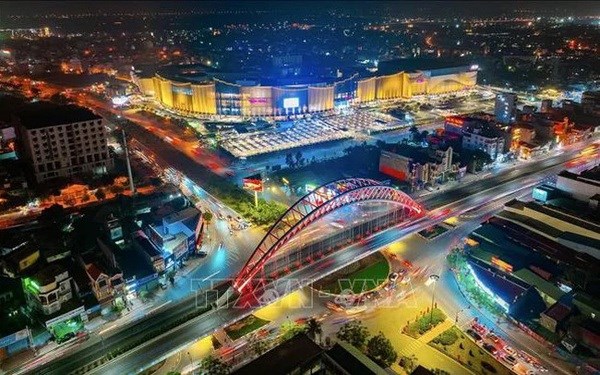Action plan aims to boost growth in Red River Delta region

Under the plan, by 2030, the region's per capita GRDP is hoped to reach approximately 274 million VND (11,500 USD) a year, with the contribution of the digital economy increasing to 35% of the GRDP, and an urbanisation rate of over 55%.
The average contribution of total factor productivity (TFP) to growth in the 2021-2030 is expected to reach 55%.
Meanwhile, 100% of communes are hoped to meet new-style rural standards, of which at least 50% will be recognised as advanced new-style rural areas, and 20% will meet the criteria for model new-style rural areas. The rate of poor households following multidimensional standards is expected to decrease by about 1.5% per year, according to the plan.
By 2045, the Red River Delta will become a modern, sustainable, and well-developed region. It aspires to become a major global financial and economic centre and a leading hub for education, culture, technology, and innovation.
To realise these ambitious goals, the Government has issued Resolution 14/NQ-CP, which outlines 10 key task groups, 36 specific tasks, and 20 infrastructure projects to support the region's development.
The resolution provides a framework for ministries, agencies, and localities to develop programmes and action plans that align with the region's objectives. The aim is to implement these plans efficiently to achieve the set goals.
The Red River Delta consists of 11 provinces and cities, with Hanoi, Hai Phong, and Quang Ninh being the three main growth poles. It is among the top two economic drivers in the country, having attracted a significant portion of foreign investment, with heavy-hitter companies like Samsung, LG, Honda, Canon, Foxconn, and Toyota establishing their factories in the region./.
(Source: VNA)


